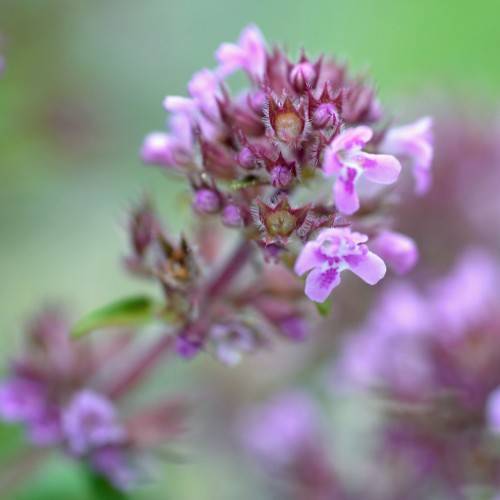
mother of thyme
Thymus serpyllum
Also Known As - creeping thymeCycle:
Herbaceous Perennial
Watering:
Minimum
Hardiness Zone:
4 - 8
Flowers:
Flowers In Summer
Sun:
Full sun
Soil:
Well-drained
Fruits:
Fruits Ready In Summer
Leaf:
Yes
Growth Rate:
Low
Maintenance:
Low
Drought Tolerant:
Yes
Salt Tolerant:
Yes
watering
Mother of thyme requires watering once every 7-10 days, depending on soil moisture. The amount of water depends on the climate, but generally, water until the top inch of soil is slightly damp. Make sure the soil is well-drained, as over-watering can cause root rot.
sunlight
Mother of thyme plants need at least 6-8 hours of direct sunlight each day, but will benefit from even more. They will not necessarily require full sun all day, as they do enjoy some partial shade, especially in hotter climates. When grown indoors, they will need a brightly lit spot near the window for maximum light exposure. If you're having trouble growing your mother of thyme plants due to lack of sunlight, try setting a timer to turn on a grow light for 8-10 hours each day. This will supplement the natural sunlight and will ensure your plants are getting enough light.
pruning
Mother of Thyme (Thymus serpyllum) responds well to pruning. Heavy pruning in the late winter or early spring is best to encourage a full, dense growth habit. Cut the entire plant back by approximately 1-third. Make sure the pruners are clean, sharp and sterile to prevent disease transmission. Pinch back new shoots throughout the growing season to encourage branching and control leggy growth. Trim to shape after flowering, cutting out any straggly or dead branches. Prune this plant regularly for the best results.
